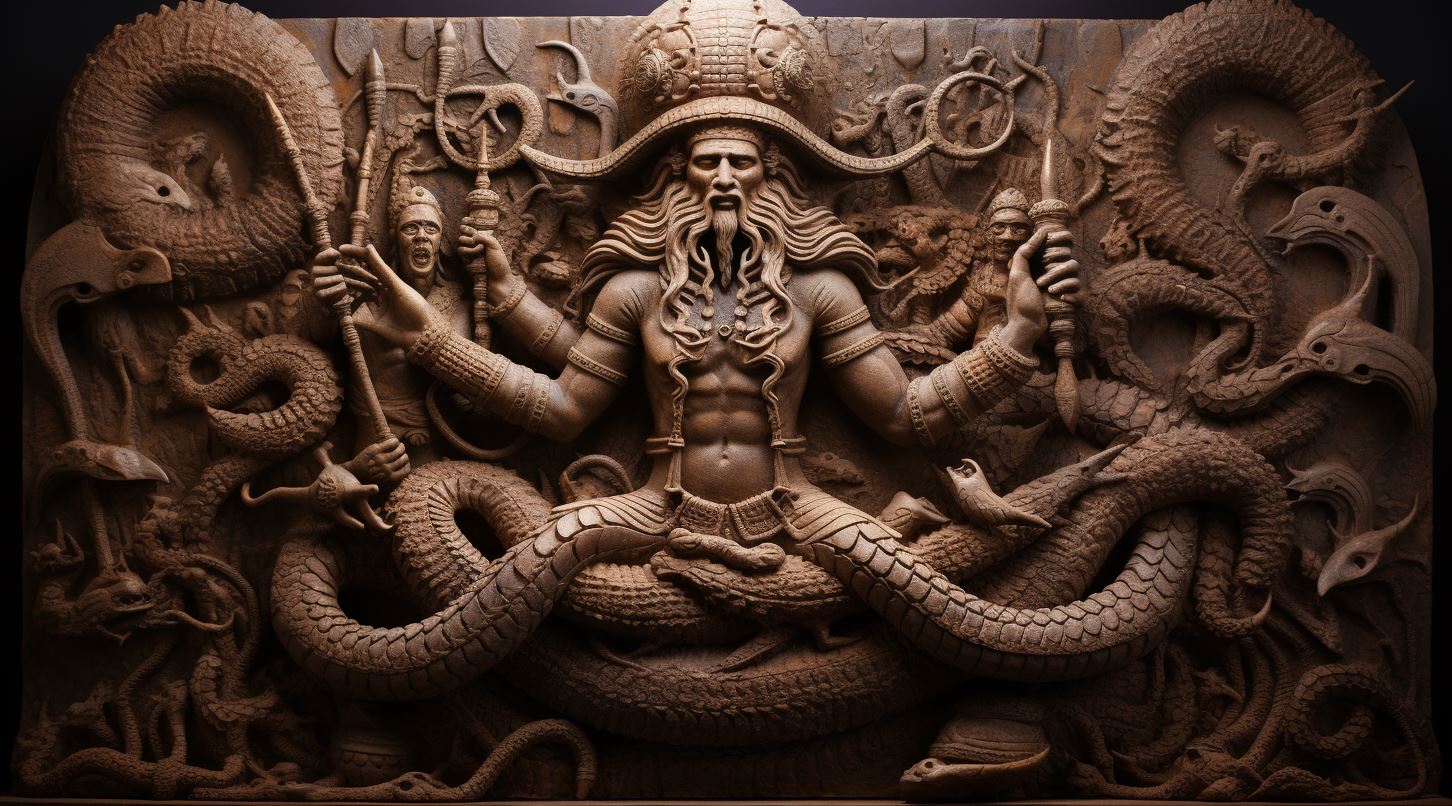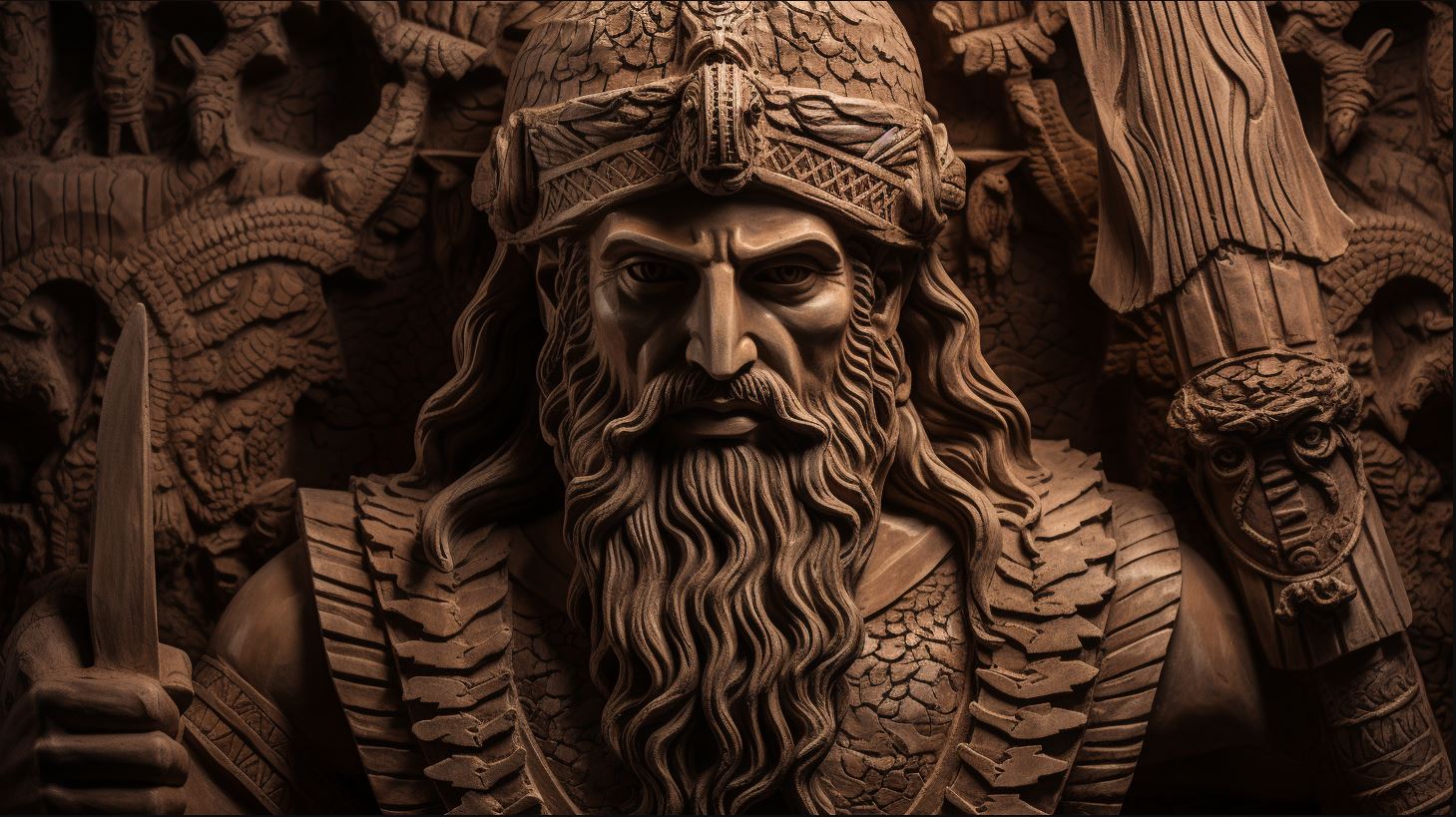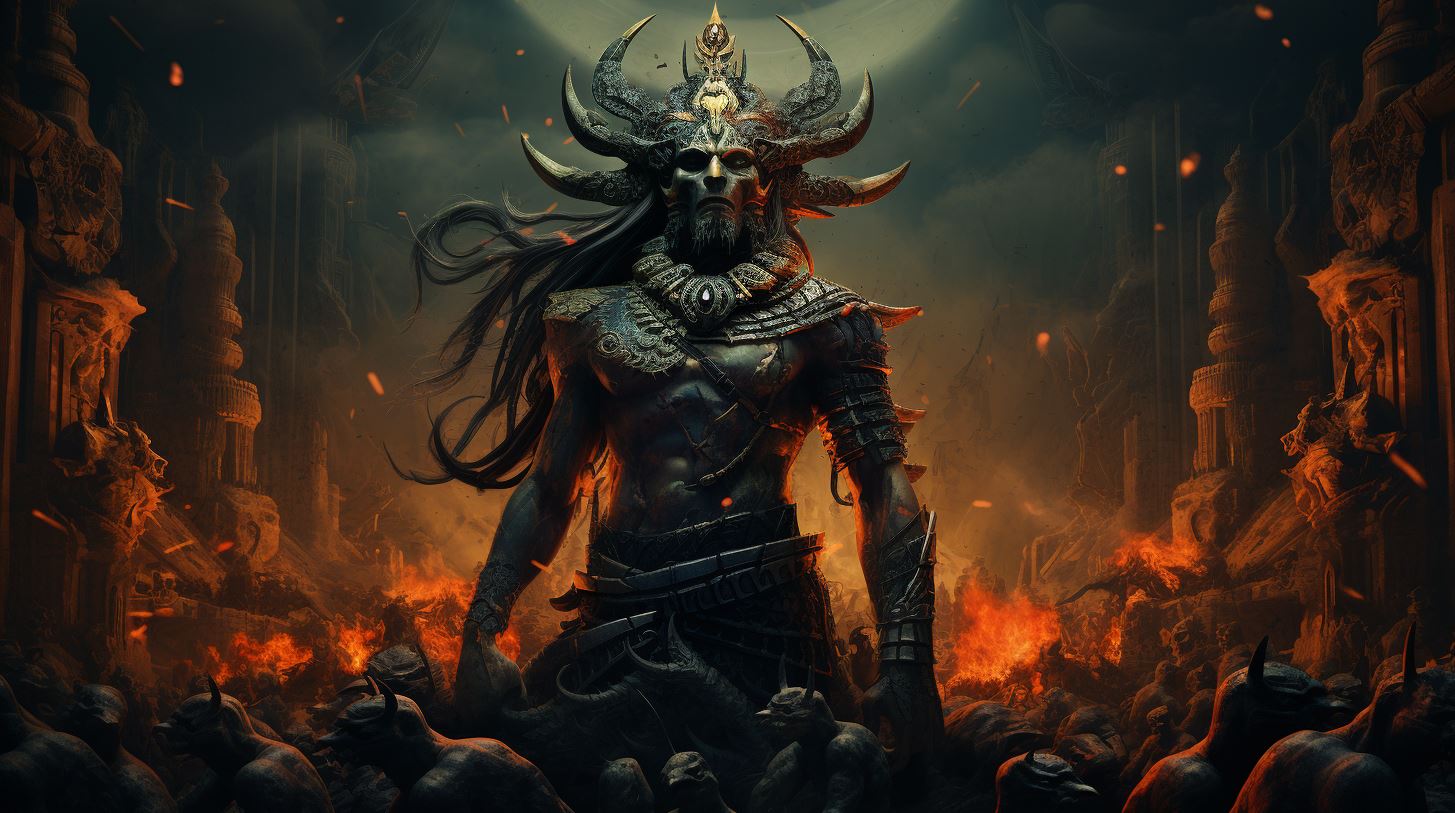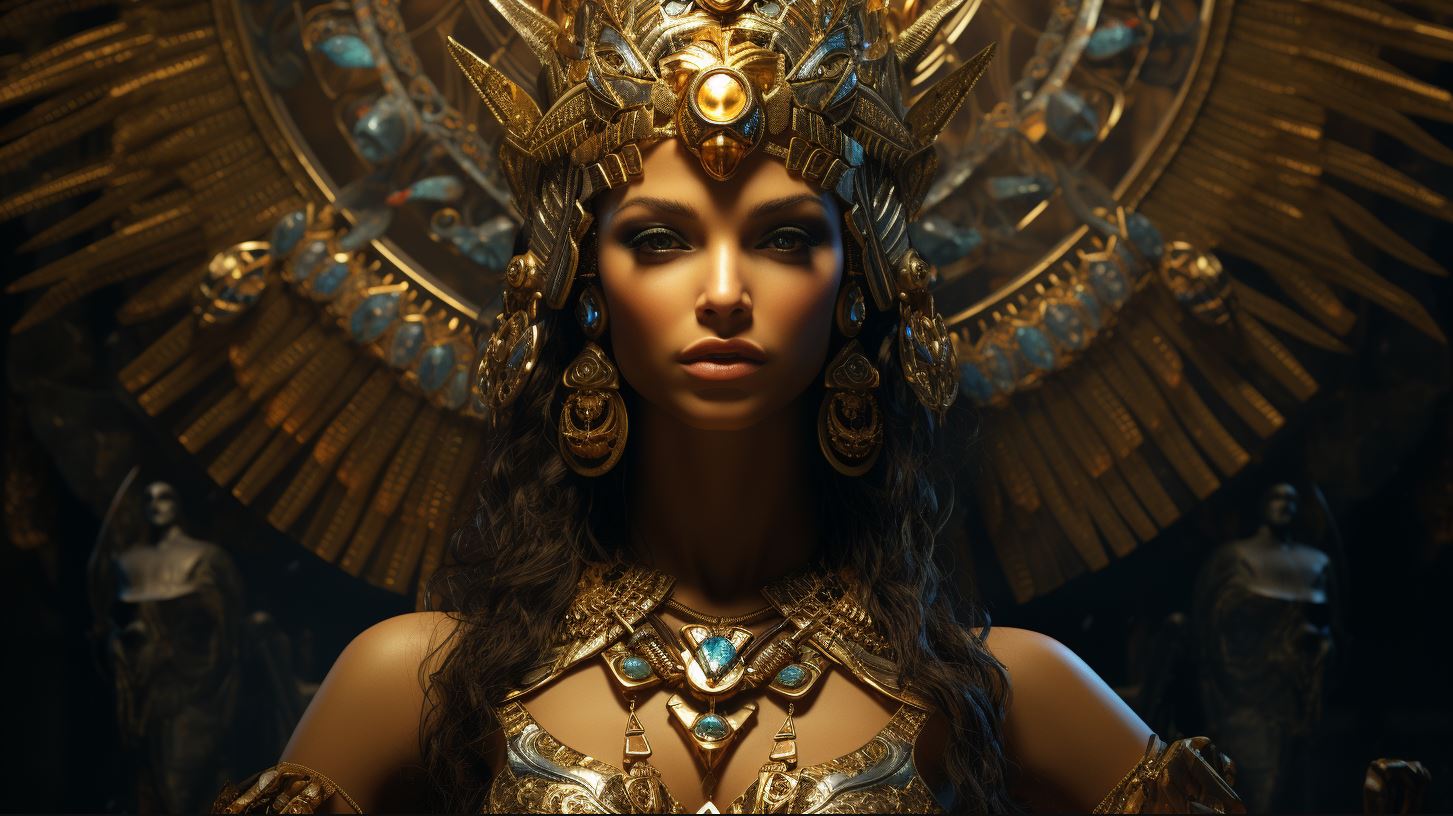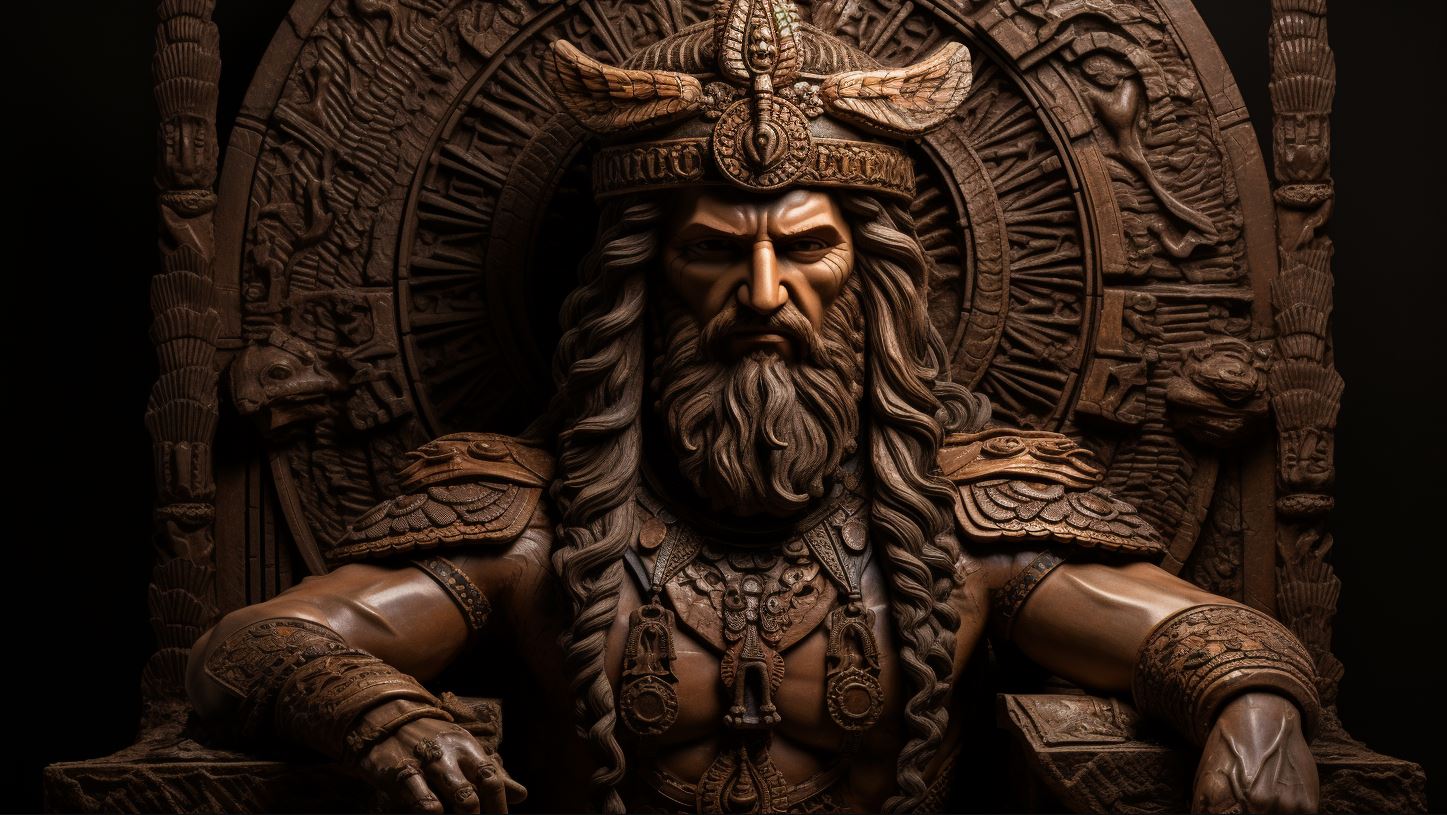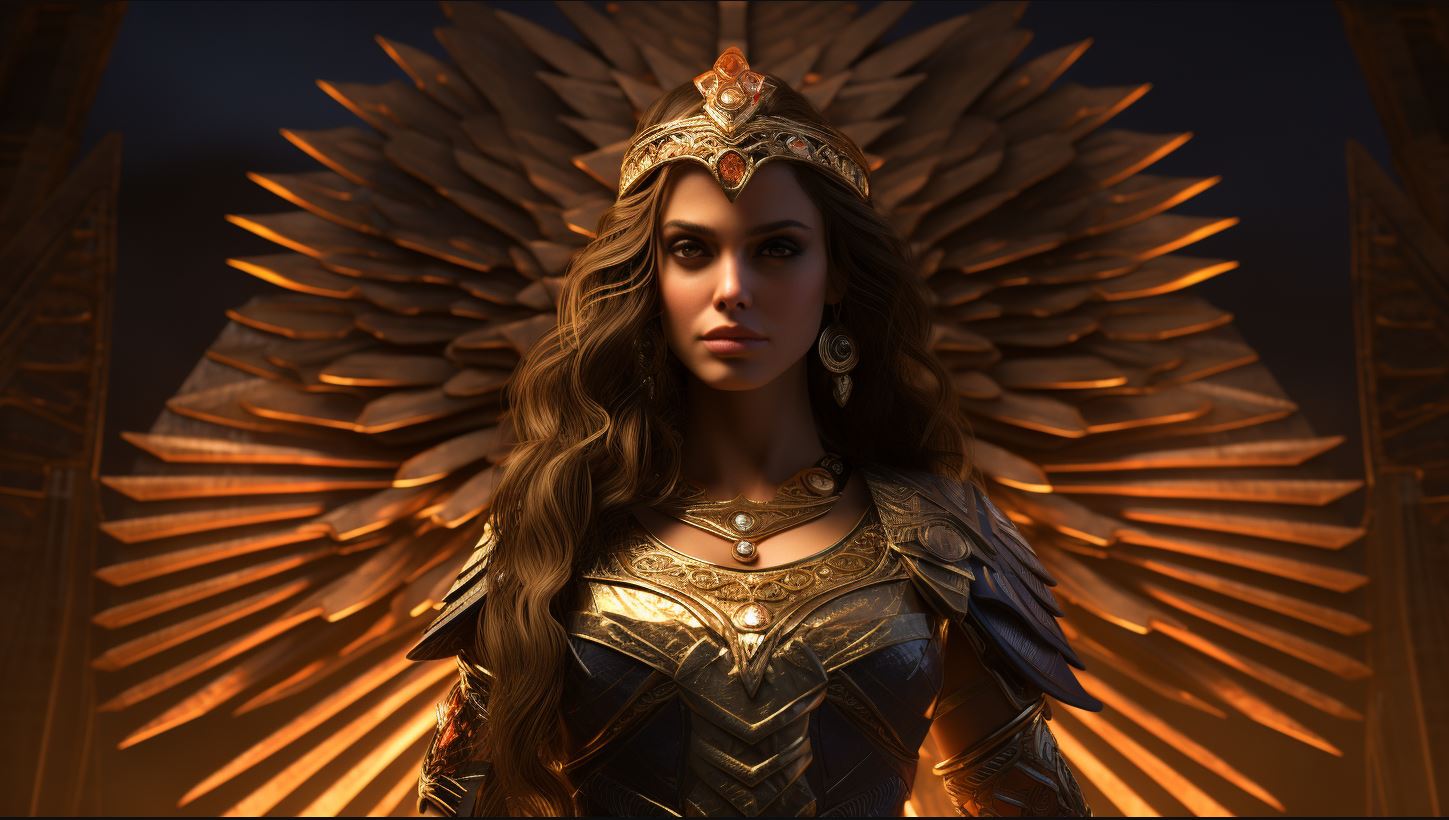Nindara: The Mesopotamian Deity Worshiped in Lagash
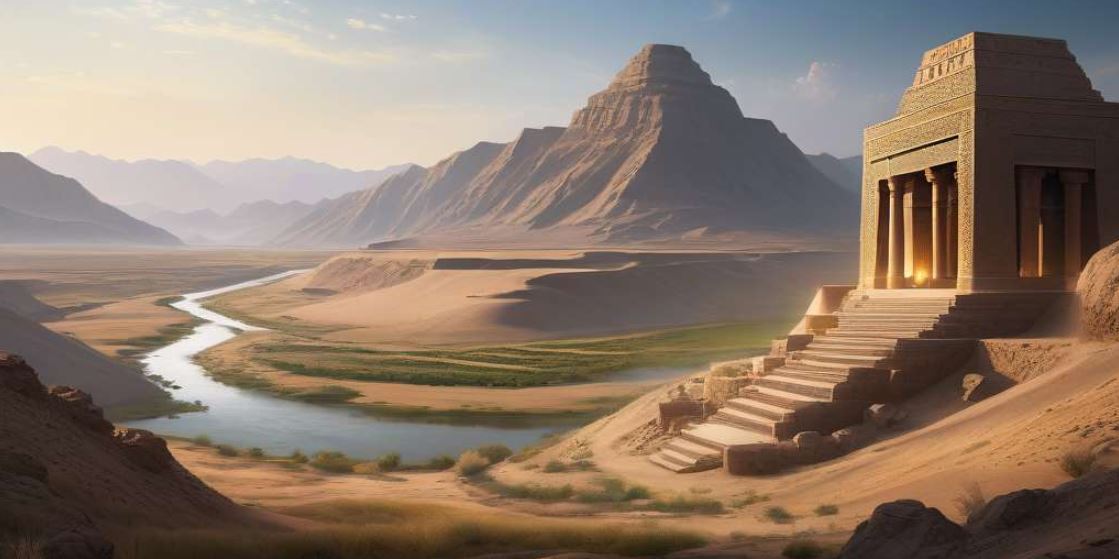
Nindara, the Mesopotamian deity revered in Lagash, holds significance in the religious beliefs of ancient Sumer. Historically mentioned in various forms and periods, Nindara’s prominence is most notable during the Ur III era, with 274 documented examples.
As the spouse of Nanshe, their connection shapes Nindara’s importance. Despite a limited role in known texts, Nindara’s exact attributes remain unclear. Additional resources provide insights into Sumerian mythology, Nanshe, and related deities for further exploration.
Discover the enigmatic nature surrounding Nindara’s role in Mesopotamian religious practices and its connection to the city of Nina.
Background on Nindara and Nanshe
Introduction to Nindara and his Worship in Lagash
Nindara, an intriguing Mesopotamian deity, holds a notable place in the religious practices of ancient Lagash. While historical sources prior to Gudea’s reign refer to him as Nindar, his significance in Mesopotamian religion depends largely on his association with the goddess Nanshe. Although the exact nature of Nindara remains enigmatic due to his limited role in known texts, his worship in the Sumerian city of Lagash and the dependent city of Nina reflects his importance.
The Role of Nindara in Mesopotamian Religion and Sumerian Literature
Nindara’s influence spans various periods, including Early Dynastic IIIb, Old Akkadian, Lagash II, Ur III, Old Babylonian, and Persian. Among these periods, he is most frequently mentioned during the Ur III era, with a staggering 274 documented examples.
However, delving into the depths of Sumerian literature reveals that Nindara’s character and attributes remain slightly obscure. Despite this, it is evident that Nindara played a role in shaping Mesopotamian religious beliefs, intertwining with the rich mythology prevalent in the region during ancient times.
- Introduction to Nindara and his Worship in Lagash
- Nindara’s significance in Lagash and his association with Nanshe
- Limited information about Nindara’s character and role in known texts
- Worship of Nindara in the city of Lagash and its dependent city of Nina
- The Role of Nindara in Mesopotamian Religion and Sumerian Literature
- Presence of Nindara throughout various historical periods
- High frequency of Nindara’s mentions during the Ur III era
- Continued exploration of Nindara’s character and attributes in the rich Sumerian literature
Nindara’s Connection with Nanshe
Discover the intriguing relationship between Nindara and Nanshe, two deities of ancient Mesopotamia.
This section explores the significance of Nindara as the spouse of Nanshe and sheds light on their interdependence within Sumerian mythology.
Understanding Nindara as the Spouse of Nanshe
Nindara’s role as the husband of Nanshe holds great importance in the religious beliefs of Lagash. Delve into the symbolism and rituals associated with their divine union, examining how their relationship influenced the perception of Nindara in Mesopotamian culture.
Exploring the Dependent City of Nina in Sumerian Mythology
Uncover the connections between Nindara and the city of Nina, which was under the influence of Lagash. Explore the myths and legends surrounding this ancient Sumerian city and its relationship with Nindara’s worship, as well as its impact on the broader religious landscape of Mesopotamia.
Nindara throughout History
As a Mesopotamian deity, Nindara’s existence can be traced across different forms and periods throughout history. Let’s delve into the various manifestations of Nindara and examine its significance during the Ur III period.
Different Forms and Periods of Nindara’s Mentioned Existence
Nindara appears in multiple forms, although the specific types are not explicitly stated. Records indicate that Nindara has been encountered in periods such as Early Dynastic IIIb, Old Akkadian, Lagash II, Ur III, Old Babylonian, and Persian.
Of these, the Ur III period holds the most abundant evidence, with a staggering 274 documented examples.
While the exact nature of each form remains elusive, the mere presence of Nindara across different historical eras signifies its enduring importance in the religious and cultural fabric of ancient Mesopotamia.
Nindara’s Significance during the Ur III Period
The Ur III period represents a significant era in the worship of Nindara. With a remarkable 274 examples documented from this period alone, it becomes apparent that Nindara held considerable religious significance during this time.
Although the available textual evidence does not provide explicit insights into the specific role or attributes of Nindara, its prevalence during the Ur III period suggests a widespread recognition and veneration of this deity.
Further exploration and analysis of Sumerian texts and artifacts from the Ur III period may shed additional light on the significance of Nindara and its place within the broader pantheon of deities worshipped in ancient Mesopotamia.
Overall, the forms and periods in which Nindara is mentioned serve as valuable indicators of its enduring presence and religious relevance throughout Mesopotamian history.
The Little-known Character of Nindara
While Nindara holds a significant place in Mesopotamian religious beliefs, their character remains shrouded in obscurity due to their limited role in known texts. The available information offers glimpses into their enigmatic nature and potential attributes that contribute to their mythological significance.
The Obscure Role of Nindara in Known Texts
Despite their prominence in Lagash and connection to Nanshe, Nindara’s presence in ancient texts is relatively scarce. They often appear as a minor figure, mentioned briefly without elaborate descriptions or narratives.
Scholars have struggled to decipher their exact role or purpose in Mesopotamian mythology due to the limited textual evidence.
However, even in these fragmentary mentions, Nindara’s association with Lagash and Nina, the dependent city, suggests their importance within the regional religious context.
The fact that they were worshipped in both Lagash and Nina indicates a connection and potential influence over a broader geographic area, reinforcing their significance within the larger Sumerian pantheon.
Unraveling the Mystery: Possible Attributes and Characteristics
- Protector of Lagash: Nindara’s association with Lagash implies a role as a guardian or protector deity of the city. Their worship in Lagash, combined with the lesser-known Nina, suggests a significance in regional politics, defense, or other aspects specific to these locations.
- Cooperation with Nanshe: As the spouse of Nanshe, Nindara’s importance in Mesopotamian religion derives from this connection.
Nanshe, a goddess associated with fertility, justice, and divination, could provide insights into the nature and attributes of Nindara, potentially indicating their involvement in these domains or embodying related qualities.
- Possibly a Tax Collector of the Sea: A citation refers to Nindara as the collector of taxes related to the sea.
This intriguing but enigmatic aspect leaves us with questions about Nindara’s possible association with maritime activities, trade, or economic affairs, highlighting the diverse range of roles they might have played.
While these speculations offer avenues for further exploration, definitive conclusions about Nindara’s attributes or characteristics remain challenging due to the limited textual evidence.
Additional research, excavation, and analysis of yet-untranslated or undiscovered texts may shed further light on this enigmatic deity and their role in Sumerian mythology.
Additional Resources and Connections
Delve deeper into the fascinating world of Nindara, Nanshe, Sumerian religion, and deities. Explore a wealth of references and resources that can enhance your understanding of these ancient traditions.
References to Nanshe, Sumerian Religion, and Deities
- Discover scholarly articles and books that examine the relationship between Nindara and Nanshe. Uncover insights into their roles within Mesopotamian religious practices and the broader pantheon of Sumerian deities.
- Explore ancient texts such as the Epic of Gilgamesh or the Enûma Eliš and uncover passages that shed light on Nindara’s significance and connections to other gods and goddesses.
- Learn about the religious customs and rituals associated with Nindara and its worship in Lagash.
Gain a deeper understanding of the religious beliefs and practices prevalent in ancient Mesopotamia.
Exploring Related Sumerian Texts and Tools for Further Research
- Access translations of Sumerian texts that mention Nindara, Nanshe, and their roles within ancient mythology. Analyze the linguistic and cultural nuances of these texts to unravel the mysteries surrounding Nindara’s attributes and characteristics.
- Utilize online research tools and databases dedicated to Sumerian studies.
Leverage their extensive collections of primary sources, academic papers, and digital resources to deepen your knowledge of Nindara and the broader Sumerian religious framework.
- Engage in academic discussions and forums focused on ancient Mesopotamian religion.
Connect with scholars, enthusiasts, and researchers who share a common interest in Nindara’s place within Sumerian mythology.
Embark on an exploration of these additional resources and connections to expand your understanding of Nindara, Nanshe, and the captivating world of ancient Sumerian religion.
Uncover hidden gems of knowledge and contribute to the ongoing research and understanding of these extraordinary deities.
.











